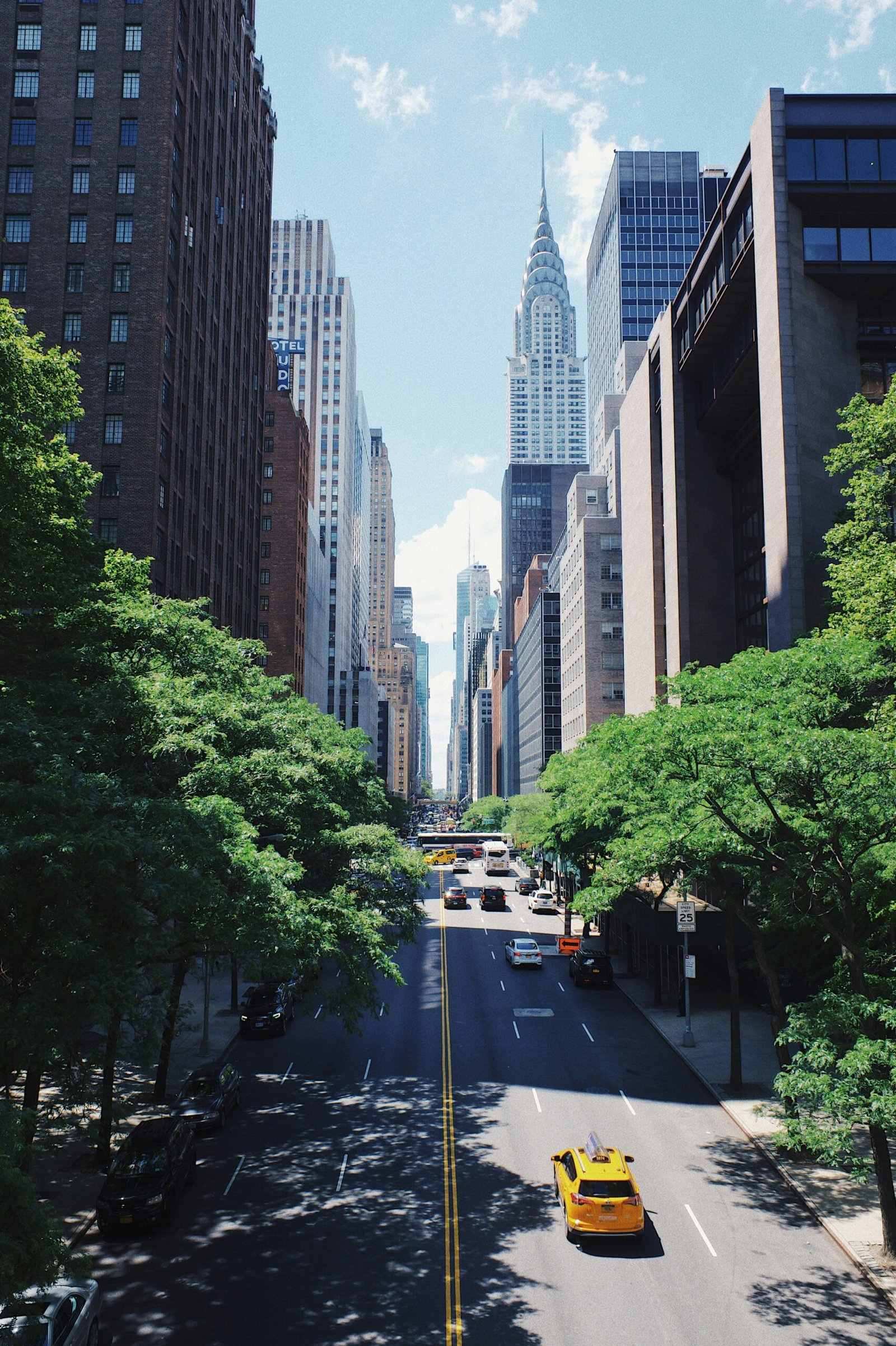Originating in the Netherlands in the early 1980s, the New Perennial Movement is finally becoming a mainstream design aesthetic. Just peek in any garden magazine, and you’ll see loads of gorgeous examples, sometimes referred to as New Wave Planting or Naturalistic Planting. It’s a slightly wilder, softer aesthetic, neither manicured nor neglected, but one that takes its cue from nature.
In a New Perennial garden, you’ll find drifts of plants and grasses, relying heavily on native species, that appear to have naturally re-seeded themselves in place. However, the reality is that these plants are carefully chosen and placed. The emphasis isn’t on showcasing orderly plant collections; instead, the focus is on a diversity of plants that blend with the surrounding nature, welcoming wildlife and pollinators.
Freedom from Constant Maintenance
One of the reasons why the New Perennial Movement is gaining popularity is the freedom it offers from constant maintenance. There’s something glorious about letting a plant go to seed, hanging on to its structure throughout the winter, or embracing imperfections and accepting that bugs will nibble plants. It’s a more relaxed approach to gardening, where nature is allowed to take its course.
Doing Good for the Environment
Another compelling aspect of the New Perennial Movement is the positive impact it has on the environment. By incorporating native plants into the garden, you’re not only creating a beautiful space but also supporting the local ecosystem. Native plants provide food and habitat for native wildlife, including birds, butterflies, and bees. With pollinating insects facing an all-time low, every garden that welcomes them becomes a valuable refuge.
Artistic Freedom
One of the most exciting aspects of the New Perennial Movement is the artistic freedom it offers. Experimenting with both native and non-native plants allows for the creation of naturalistic and symbiotic plant communities. In this approach, there are no hard and fast rules. Gardeners can let their creativity flow, combining plants in unique and unexpected ways. The result is a garden that feels like a work of art, harmoniously blending with the surrounding landscape.
The New Perennial Movement is not just a passing trend; it’s a reflection of our changing relationship with nature. As we become more aware of the importance of biodiversity and the impact of our actions on the environment, embracing a garden aesthetic that mimics the beauty and resilience of nature seems like a natural choice.
So, the next time you flip through a garden magazine or visit a public garden, take a moment to appreciate the beauty and tranquility of a New Perennial garden. It’s a testament to the power of nature and the joy of creating a space that not only looks stunning but also supports the delicate balance of our ecosystem.

